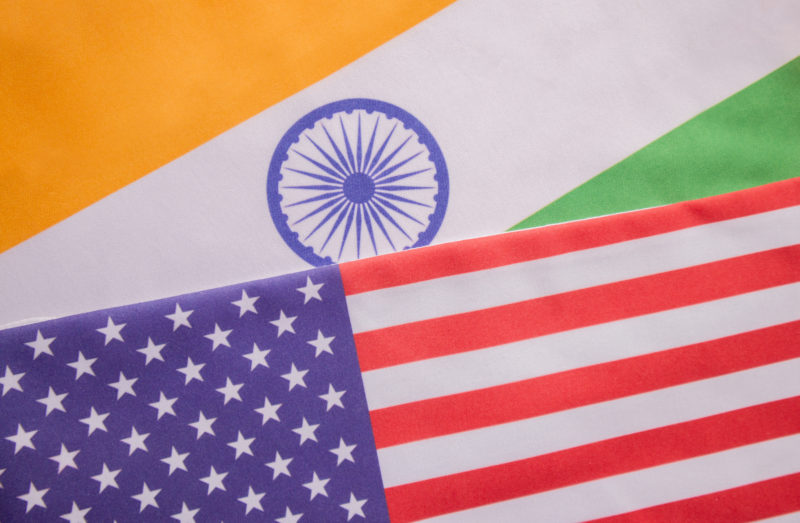
GTRI suggests India to propose a ‘zero for zero tariff strategy’ to US
NEW DELHI : Delhi-based think tank GTRI said, India should propose a ‘zero for zero tariff strategy’ to the United States (US), and can identify items where it can eliminate tariffs for American imports, as negotiating a trade agreement could be trickier and force India to make ‘difficult concessions’.
Indian policymakers, however, should prepare a list of items without harming the domestic industry and exclude most agriculture products.
This list should be discussed with the US before April, ahead of its reciprocal tariff announcement, GTRI said in a report. It added that this strategy could be equivalent to a quick goods Free Trade Agreement (FTA) and if the US accepts it, reciprocal tariff may be very low or near zero for India.
Indian policymakers, however, should prepare a list of items without harming the domestic industry and exclude most agriculture products.
This list should be discussed with the US before April, ahead of its reciprocal tariff announcement, GTRI said in a report. It added that this strategy could be equivalent to a quick goods free trade agreement (FTA) and if the US accepts it, reciprocal tariff may be very low or near zero for India.
In such a case, India should refuse to negotiate and retaliate against unreasonable demands, taking lessons from China’s approach, it said.
Reciprocal tariffs
The actual shape of US President Donald Trump’s plan to impose reciprocal tariff is still unclear — whether it will be applied at the product level, sector level, or country level.
“If applied at the product level (specific tariff lines), the impact may be limited, as India and the US may not trade the same products. However, if imposed at the sector level, entire industries could face serious disruptions,” it said.
It further said that the tariff differential between India and US is the most across four broad sectors — agriculture, meat and processed food (32.27 per cent), automobiles (23.1 per cent), diamonds, gold and products (13.32 per cent) and chemicals and pharmaceuticals (8.63 per cent). These sectors are likely to face the highest reciprocal tariffs.
Data discrepancy
It further flagged the significant discrepancy in the trade data reported by India and the United States for 2024, and is crucial to sort it out as wrong data can result in higher tariffs from the US.
Indian data shows exports to the US were $73.7 billion in 2024, while imports from the US were $39.1 billion. On the other hand, US data shows India’s exports to the US at $91.2 billion, and imports at $34.3 billion.
“This large gap in reported figures needs to be reconciled before any trade negotiations proceed,” it added.
